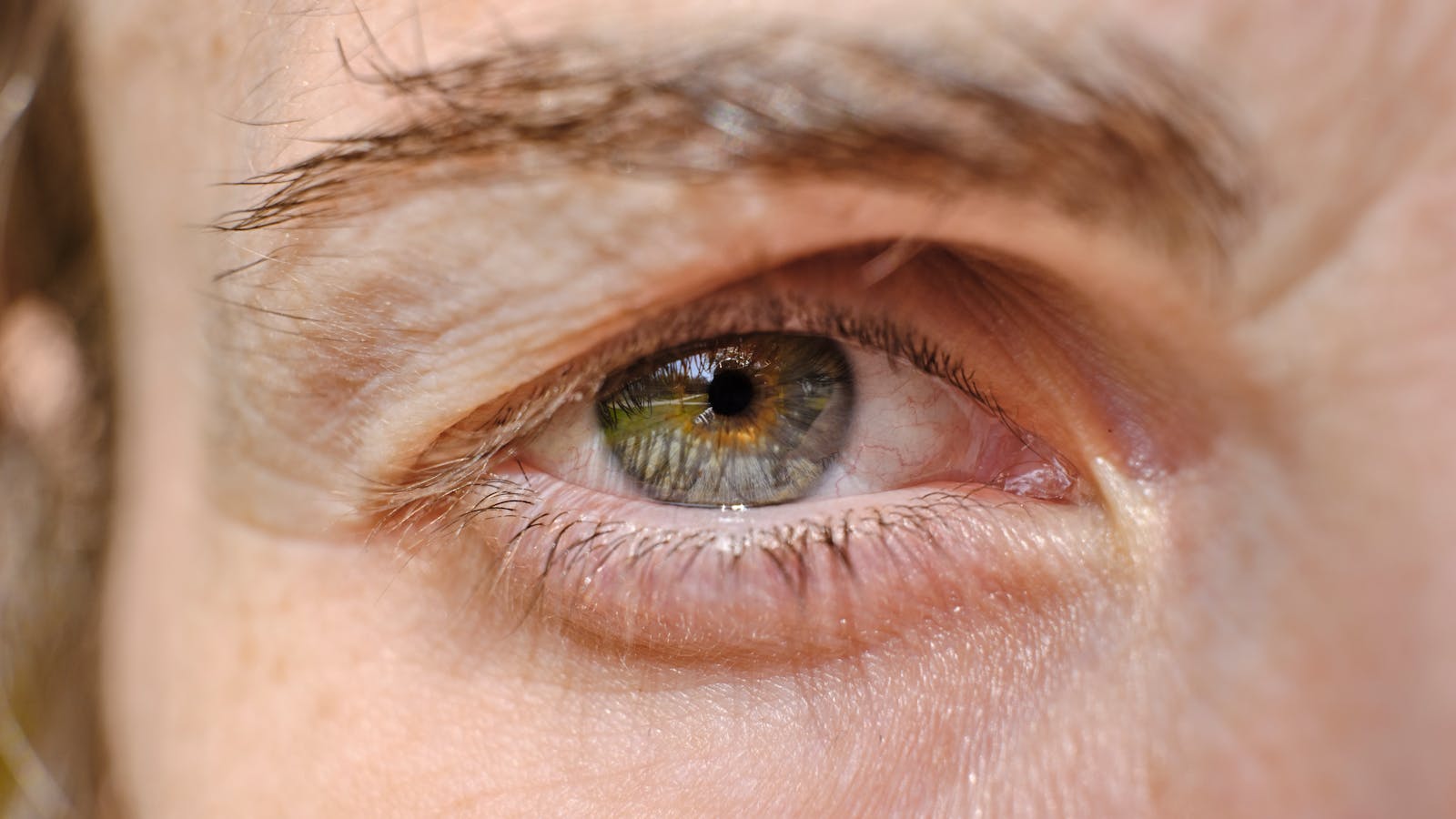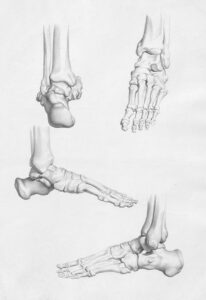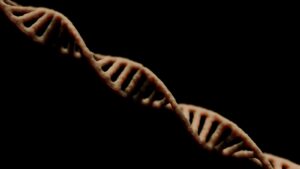Reflexes are involuntary, nearly instantaneous movements in response to stimuli, allowing the body to react swiftly to potential dangers or to maintain stability and function. From blinking in response to sudden light to jerking our hand away from a hot surface, reflex actions are a vital component of human physiology, developed as an evolutionary safeguard for survival. Reflexes operate through specific neural pathways known as reflex arcs, bypassing conscious thought to enable rapid responses.
In this article, we’ll explore the nature of reflexes, their types, and their critical roles in protecting, stabilizing, and facilitating everyday functions in the human body.
What Are Reflexes?
A reflex is an automatic, involuntary response to a particular stimulus. Unlike voluntary actions that require conscious thought, reflexes bypass the brain’s decision-making centers and involve rapid, often pre-programmed responses mediated by the spinal cord or brainstem. Reflexes are essential because they enable the body to react quickly to potentially harmful situations, often before the brain can fully process the danger.
Reflexes are controlled by reflex arcs, which are neural circuits that create a pathway from the stimulus to the response. In a typical reflex arc, the pathway includes:
- Receptors: Detect the stimulus, such as touch, heat, or light.
- Sensory Neurons: Transmit information from the receptors to the spinal cord.
- Interneurons (in some cases): Process the information within the spinal cord.
- Motor Neurons: Carry the response signal from the spinal cord to the muscles.
- Effector Organs: Produce the reflexive response, such as muscle contraction or gland secretion.
The Evolutionary Purpose of Reflexes
Reflexes are an evolutionary adaptation designed to protect the body from harm. For example, pulling your hand away from a hot object prevents burns and damage to the skin and tissue. Reflexes allow for immediate, life-preserving responses, which were crucial for survival in the natural environment. By allowing fast, involuntary responses to danger, reflexes reduce reaction times and provide a critical advantage in situations where delay could lead to injury or death.
Types of Reflexes in the Human Body
There are various types of reflexes, each serving different functions and operating through different pathways. Reflexes are generally categorized into simple reflexes, which involve basic protective functions, and complex reflexes, which help regulate more sophisticated processes.
1. Somatic Reflexes
Somatic reflexes involve the voluntary muscles, such as those controlling the arms, legs, and body posture. These reflexes respond to external stimuli and are essential for protection, stability, and coordination. Examples include:
- Withdrawal Reflex: When you touch a hot surface, sensory neurons detect the heat and transmit signals to the spinal cord. Motor neurons quickly stimulate the muscles to pull your hand away, preventing burns.
- Patellar Reflex (Knee-Jerk): In this reflex, tapping the patellar tendon stretches the quadriceps muscle, triggering a reflexive contraction that causes the leg to kick outward. This reflex helps maintain posture and balance.
- Blink Reflex: When an object approaches the eye suddenly, sensory neurons trigger an immediate blink to protect the eyes from injury. This reflex is critical for protecting vision from physical threats.
2. Autonomic Reflexes
Autonomic reflexes regulate involuntary functions of the body, such as heart rate, digestion, and respiratory rate. These reflexes are controlled by the autonomic nervous system and involve smooth muscles, cardiac muscles, and glands. Examples of autonomic reflexes include:
- Pupillary Light Reflex: When light enters the eye, the pupils constrict to protect the retina from excessive light and optimize vision in varying lighting conditions.
- Heart Rate Reflex: In response to physical exertion or stress, the autonomic nervous system adjusts the heart rate to supply the body with sufficient oxygen and nutrients.
- Salivary Reflex: The sight, smell, or thought of food can trigger the salivary glands to produce saliva, preparing the digestive system for food intake.
3. Primitive or Developmental Reflexes
In infants, primitive reflexes are involuntary movements that are essential for early survival and development. These reflexes disappear as the brain matures but serve as important indicators of neurological health during infancy. Examples include:
- Moro Reflex: When startled, an infant will fling its arms outward, then bring them back in. This reflex is thought to be a protective mechanism that helps babies cling to their caregiver.
- Rooting Reflex: When the cheek is touched, an infant will turn toward the stimulus and open its mouth, a reflex that helps newborns find the breast or bottle for feeding.
- Palmar Grasp Reflex: Infants instinctively grasp objects placed in their hands, which may have helped early humans hold onto their caregivers.
These reflexes are temporary but play a critical role in assessing the development of an infant’s nervous system.
The Role and Function of Reflexes in the Human Body
Reflexes serve multiple functions, from protective mechanisms to maintaining internal stability. They are essential to basic physiological processes and enable the body to respond swiftly to internal and external changes.
1. Protection from Harm
One of the primary roles of reflexes is to protect the body from injury. Reflexes like the withdrawal reflex and blink reflex are designed to remove the body from potentially dangerous stimuli without needing conscious thought, significantly reducing reaction times. For instance, if you accidentally touch something hot, the withdrawal reflex pulls your hand away almost instantaneously, protecting the skin and deeper tissues from burns.
In environments where danger could come from rapid or unexpected sources, such as in natural settings or when handling hazardous materials, reflexes offer immediate responses that can prevent or minimize injury.
2. Maintaining Balance and Posture
Reflexes play a central role in maintaining balance and postural stability. For example, the knee-jerk reflex helps stabilize the legs when standing, while other postural reflexes coordinate head, neck, and trunk movements to maintain body alignment. These reflexes are activated by sensory input from muscles and tendons, providing constant feedback to adjust and correct posture.
Maintaining balance and posture is crucial for physical activity and mobility. Without these reflexes, even simple activities like standing up, walking, or climbing stairs would require conscious effort and would be prone to instability.
3. Supporting Homeostasis
Autonomic reflexes are vital in supporting homeostasis, the body’s ability to maintain stable internal conditions. The body continuously monitors and adjusts physiological processes to keep variables like heart rate, blood pressure, and temperature within a healthy range. For instance:
- The baroreceptor reflex adjusts blood pressure by detecting changes in blood vessel stretch and signaling the autonomic nervous system to increase or decrease blood pressure as needed.
- The thermoregulatory reflex responds to temperature changes by triggering sweating, shivering, or blood vessel constriction to regulate body temperature.
Through these mechanisms, reflexes allow the body to maintain a stable environment despite fluctuations in external conditions, supporting overall health and functioning.
4. Assisting in Development and Motor Learning
In infants, reflexes like the Moro and rooting reflexes play crucial roles in survival and early motor development. Primitive reflexes are essential for newborns as they navigate the initial stages of life and are gradually integrated into more complex voluntary movements. As a child matures, the central nervous system overrides these reflexes, which are then replaced by learned, controlled actions.
In adults, reflexes are also involved in motor learning and coordination. Certain repetitive movements, such as those involved in sports or skilled manual tasks, rely on reflexive muscle responses that allow for quick adjustments and improvements in performance.
Reflex Arcs: The Mechanism Behind Reflex Actions
The neural circuit responsible for reflex actions is known as the reflex arc. Reflex arcs enable reflexive responses without involving the brain directly, which speeds up the reaction time. A basic reflex arc follows these steps:
- Receptor Activation: Sensory receptors detect a stimulus, such as heat, pressure, or stretch.
- Sensory Neuron Activation: The receptor sends a signal through sensory neurons to the spinal cord.
- Integration in the Spinal Cord: In simple reflexes, the spinal cord processes the information, and interneurons may or may not be involved.
- Motor Neuron Activation: The spinal cord sends a signal through motor neurons to the relevant muscle or gland.
- Effector Response: The muscle contracts or the gland secretes a substance in response, completing the reflex action.
The simplicity and directness of the reflex arc allow the body to react quickly, often without the delay involved in processing the stimulus in the brain. For more complex reflexes, such as those requiring coordination, multiple reflex arcs and neural pathways may work in tandem.
Benefits and Limitations of Reflex Actions
Benefits of Reflex Actions
Reflexes provide multiple benefits, enabling the body to respond swiftly and efficiently to various stimuli:
- Rapid Protection: Reflexes protect the body from harm by minimizing reaction time and removing the affected area from danger quickly.
- Efficient Coordination: Reflexes help in maintaining balance, posture, and motor coordination, essential for both simple and complex movements.
- Energy Conservation: Reflexive responses are automatic and require minimal conscious effort, conserving cognitive resources for more complex tasks.
- Physiological Regulation: Reflexes play a vital role in autonomic functions that regulate internal processes, such as blood pressure and temperature.
Limitations of Reflex Actions
While reflexes are generally advantageous, they have some limitations:
- Inflexibility: Reflex actions are automatic and cannot be controlled voluntarily, which can sometimes lead to reactions that are excessive or unnecessary.
- Potential for Malfunction: Reflexes can be affected by neurological disorders, trauma, or aging, which may lead to exaggerated or diminished reflexes.
- Interference with Learned Responses: In some cases, reflexive actions can interfere with learned movements or voluntary actions, especially if reflexes are triggered by mistaken stimuli.
Conclusion
Reflexes play a critical role in protecting the human body, maintaining stability, and ensuring that essential physiological processes operate smoothly. By providing rapid, involuntary responses to stimuli, reflexes allow us to react to potential dangers in fractions of a second, often before we’re consciously aware of the threat. From simple protective reflexes like the withdrawal reflex to complex autonomic reflexes that support homeostasis, reflexes are fundamental to survival and everyday functioning.
Through the reflex arc, the body can react quickly without involving higher brain centers, preserving cognitive resources for more complex tasks. Understanding the importance of reflexes reveals the intricacy and efficiency of the human nervous system, showcasing the ways in which evolution has equipped us to respond, protect, and thrive in our environment. Whether in moments of danger, during physical activities, or in maintaining our internal balance, reflexes remain essential to our health, safety, and quality of life.




